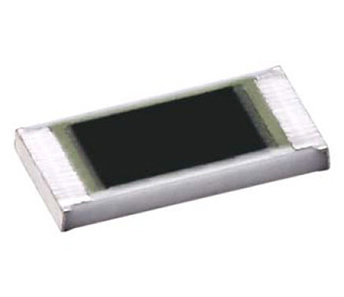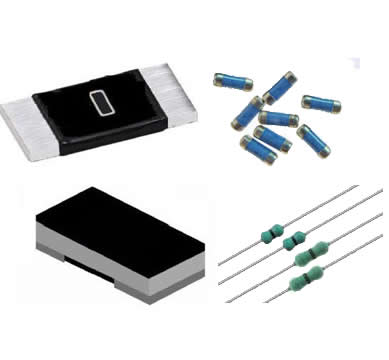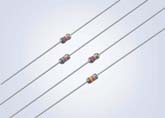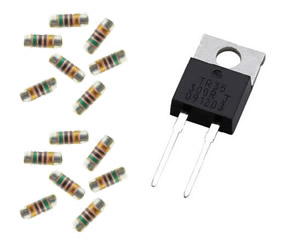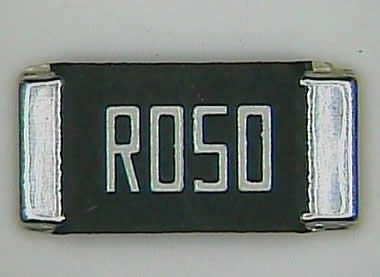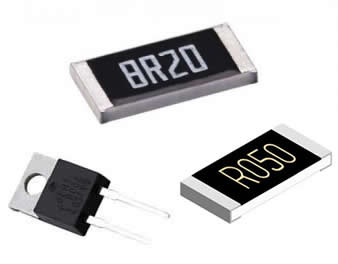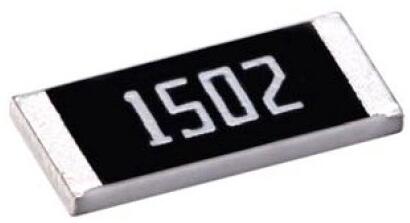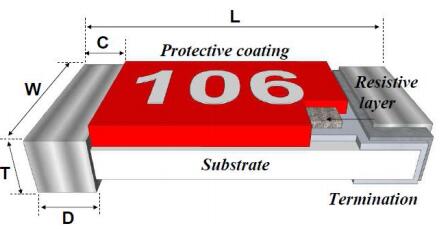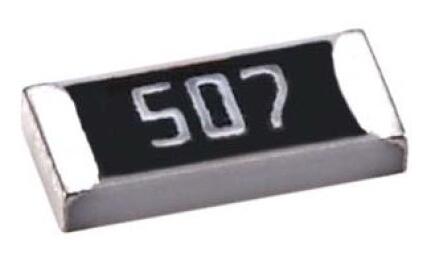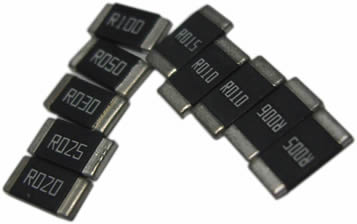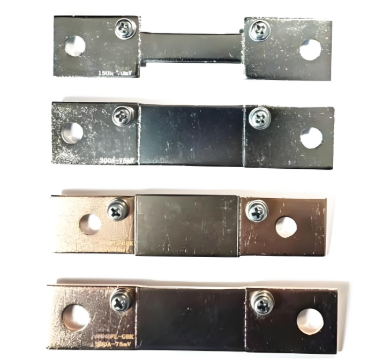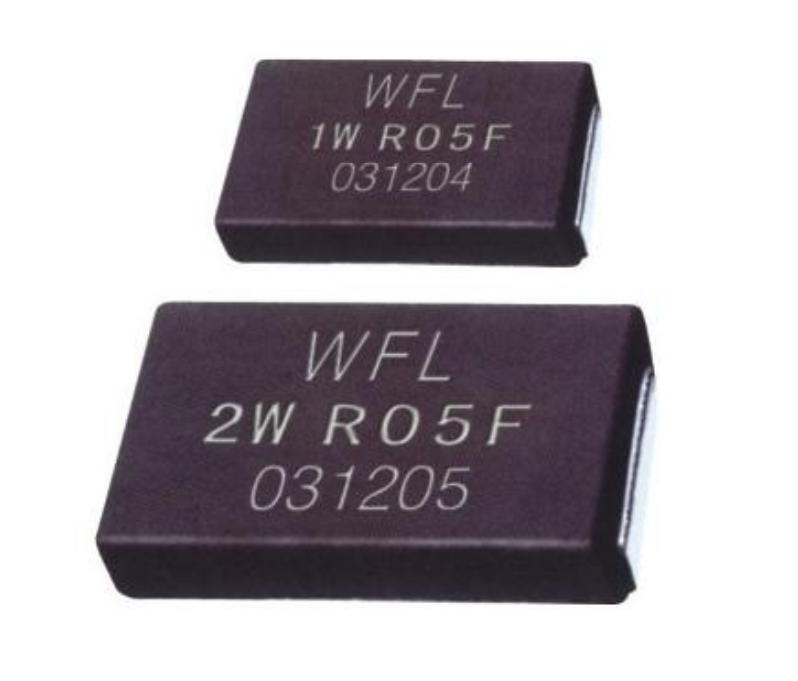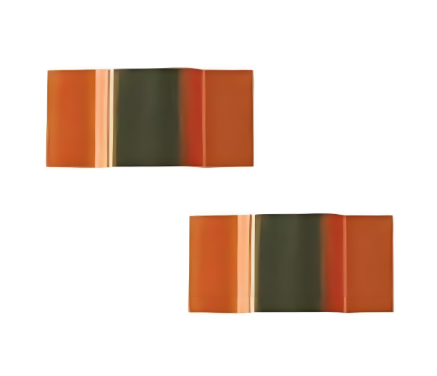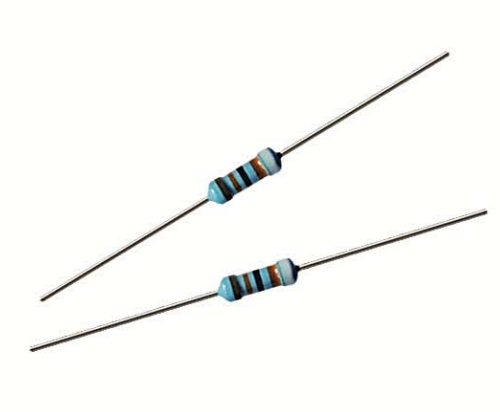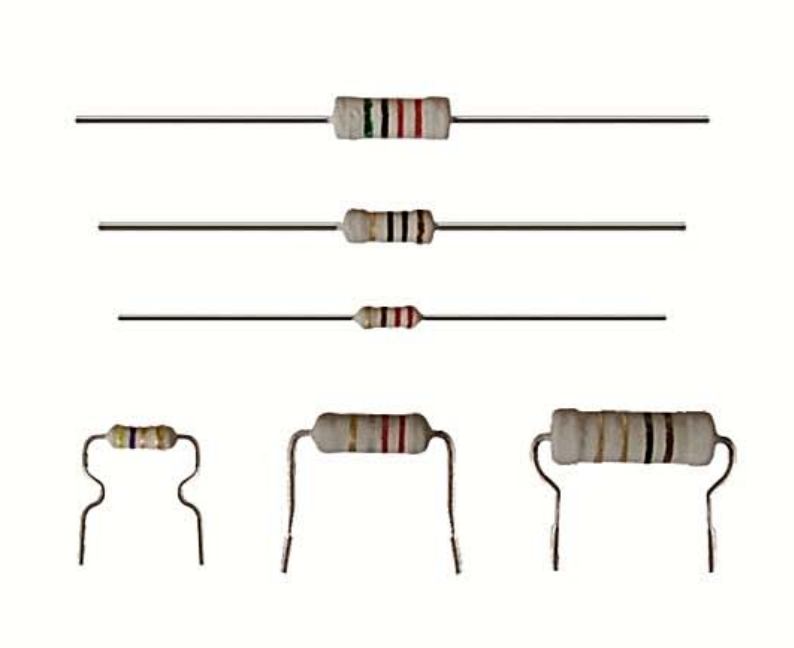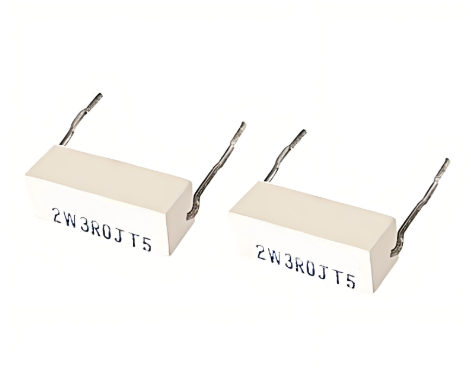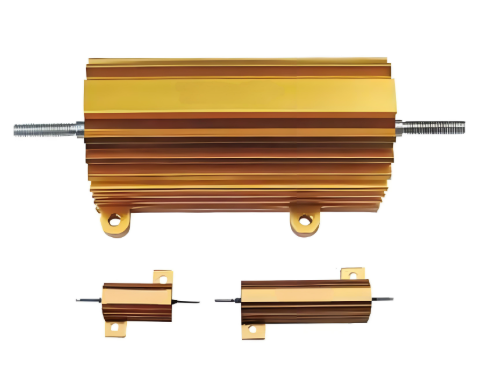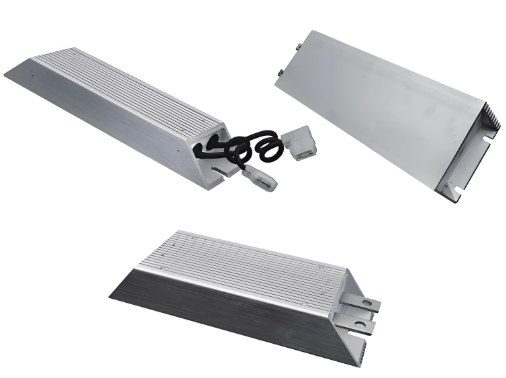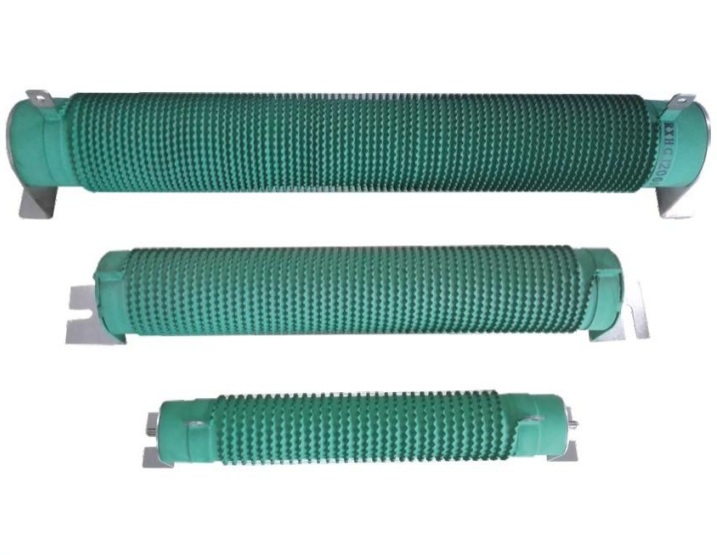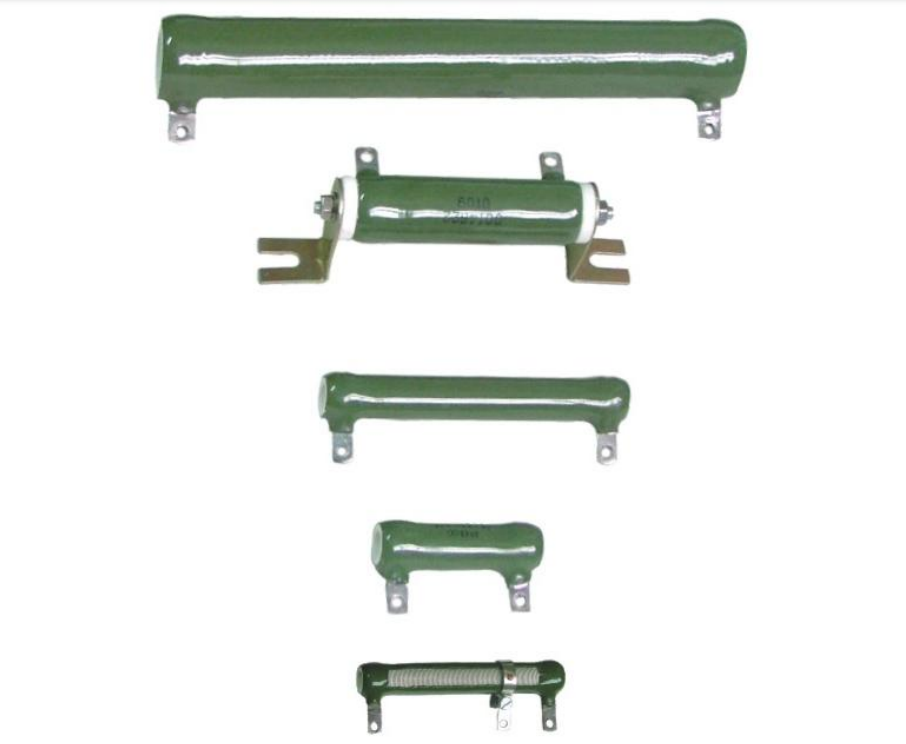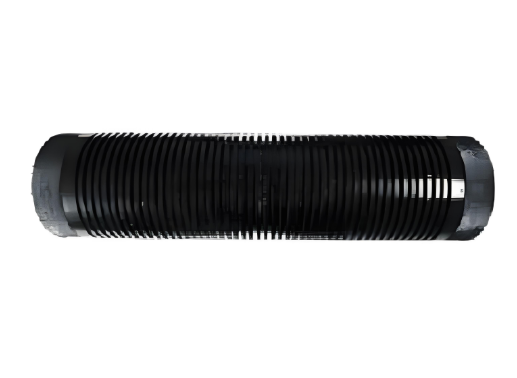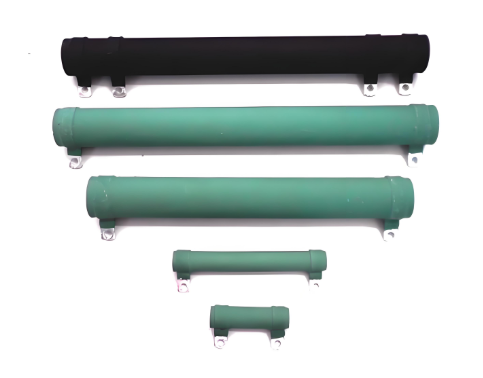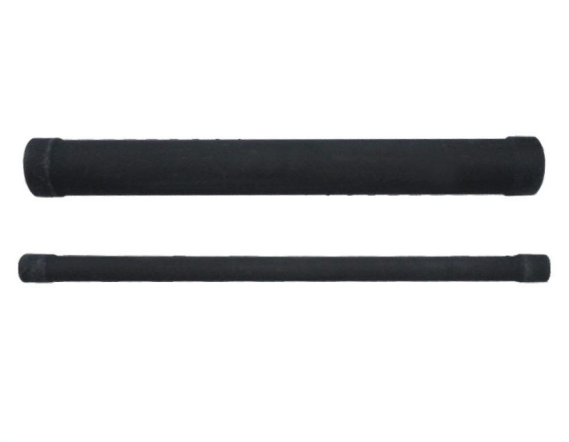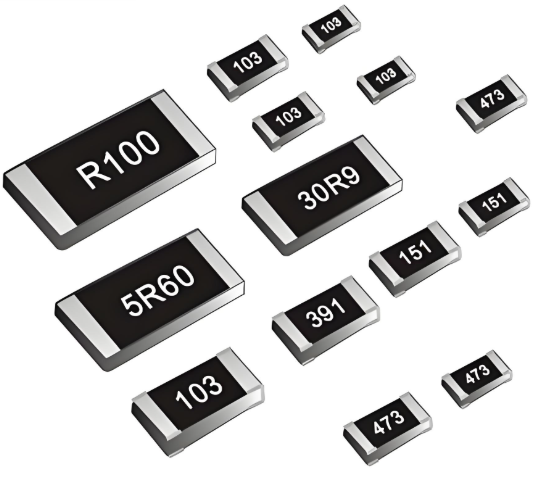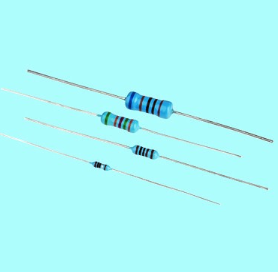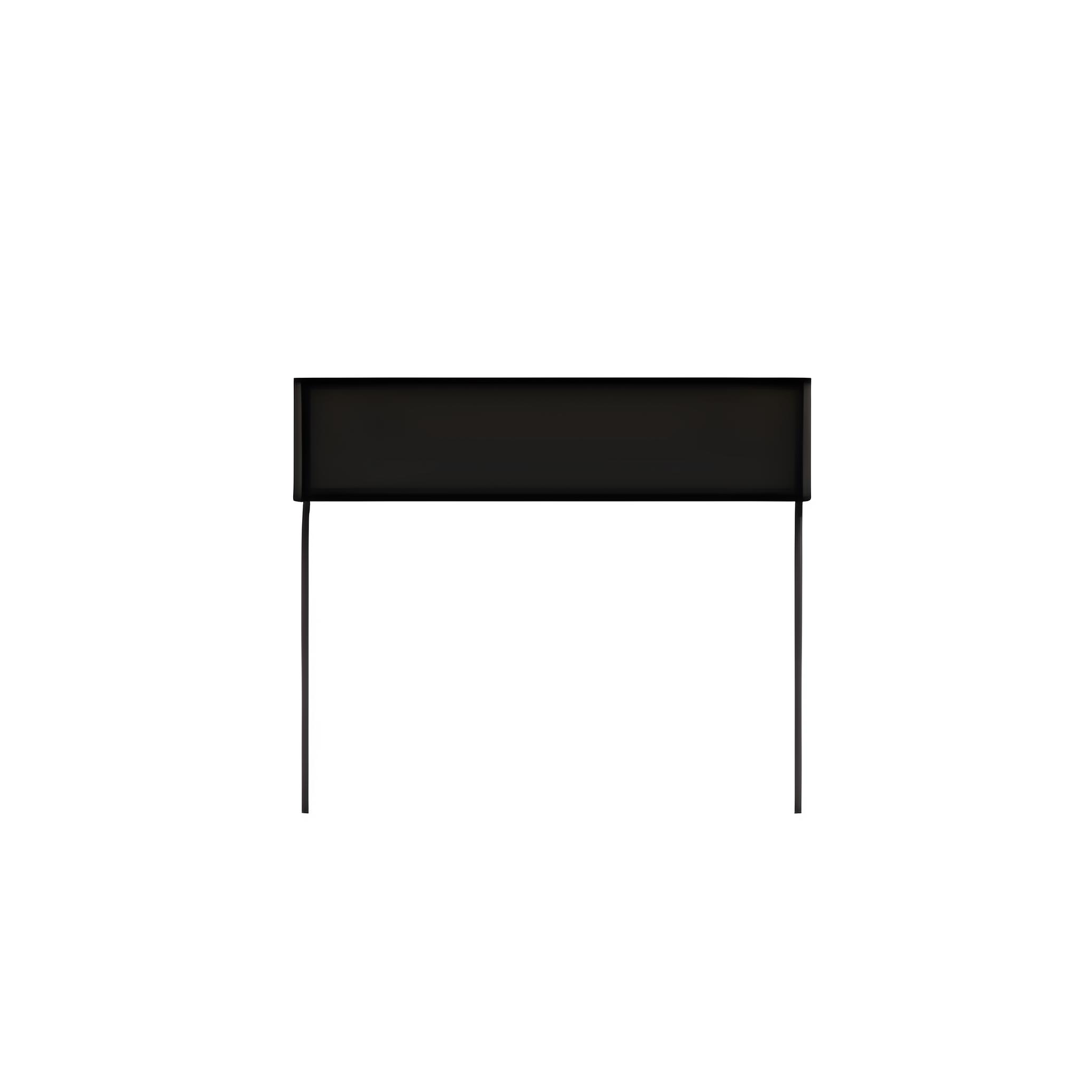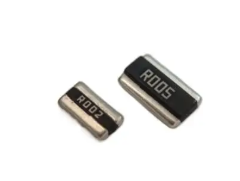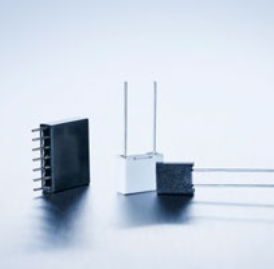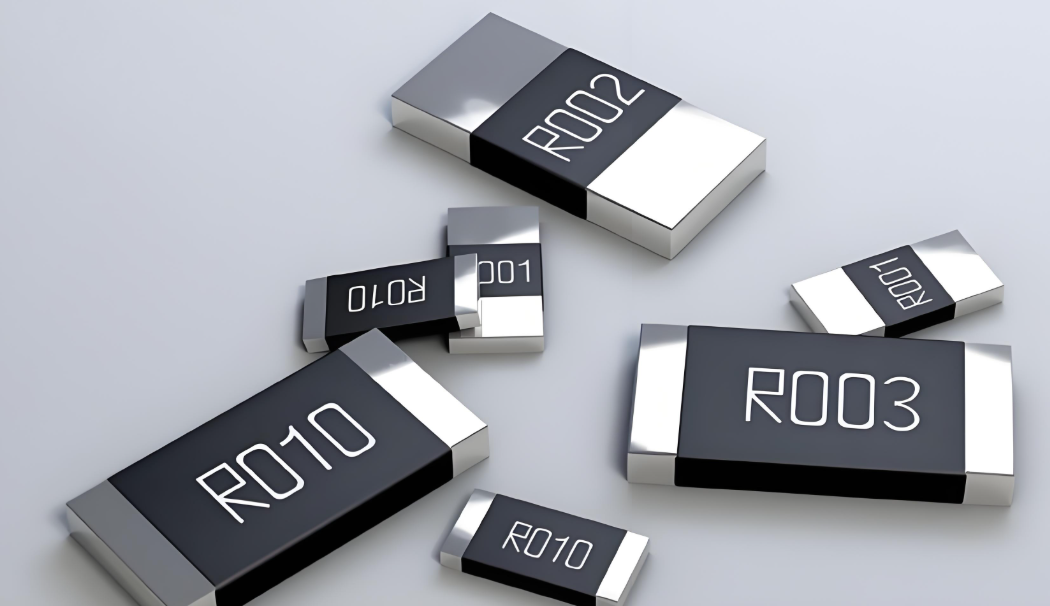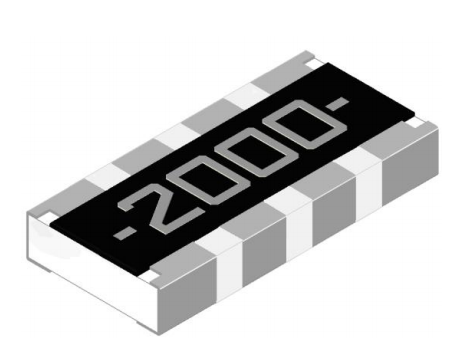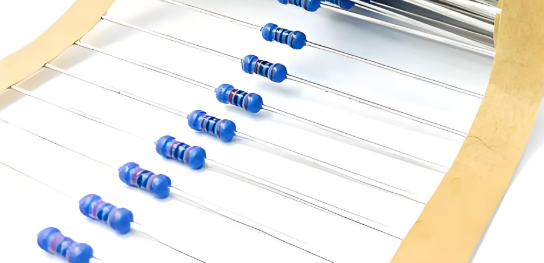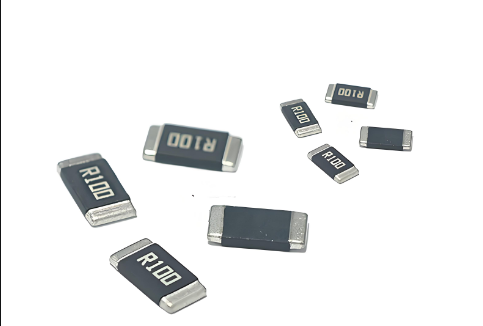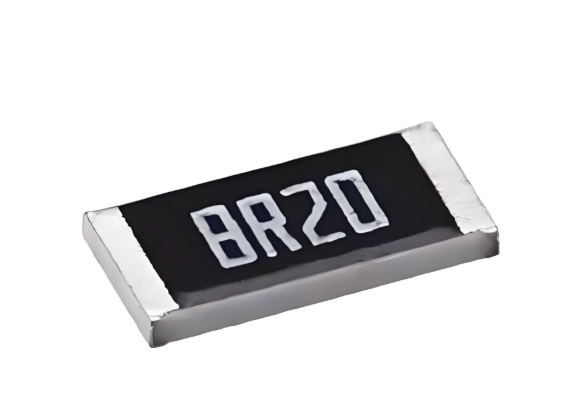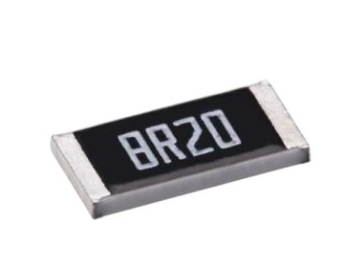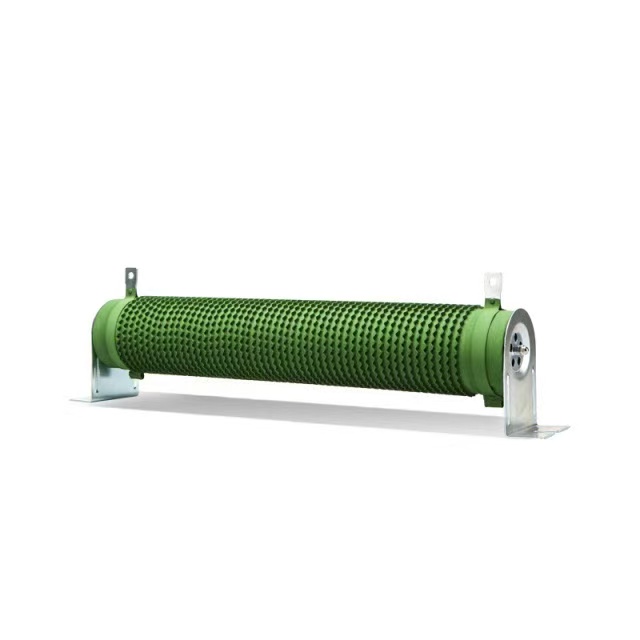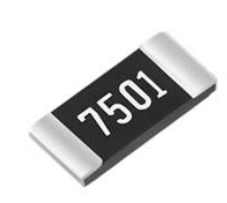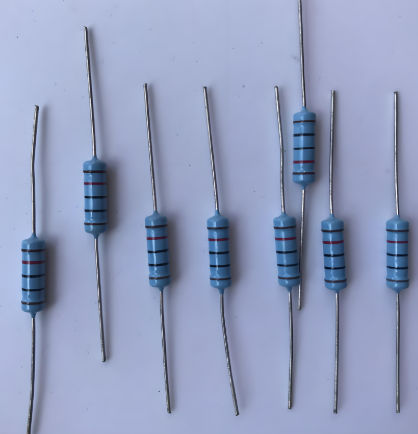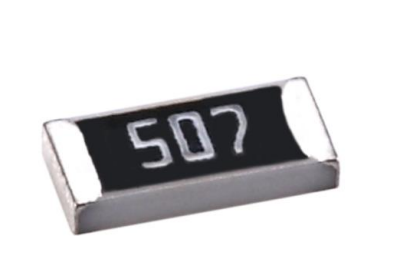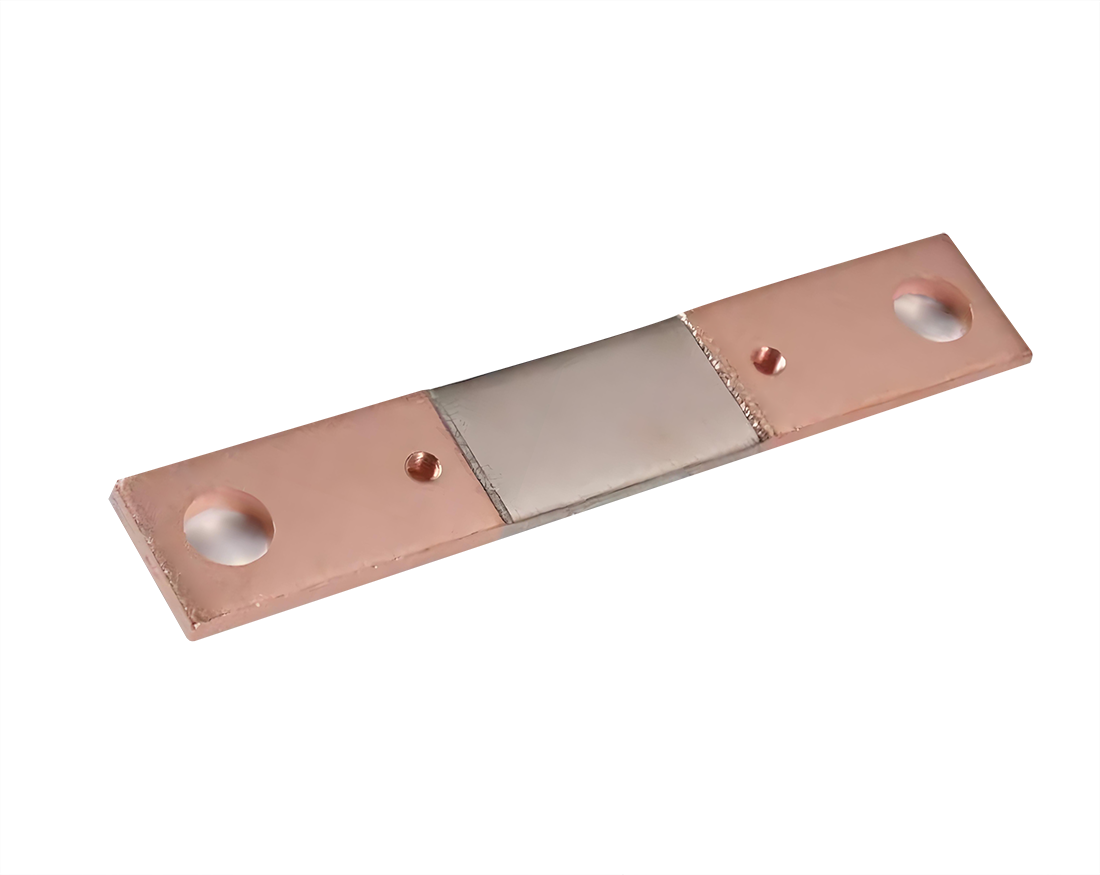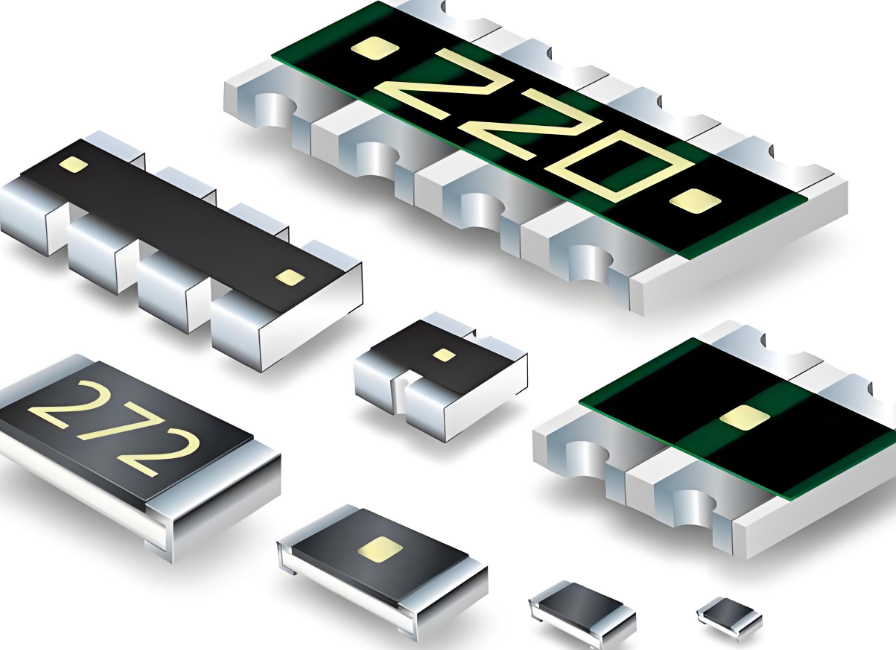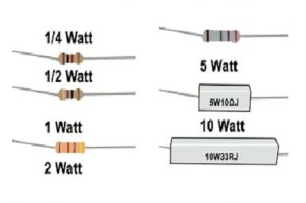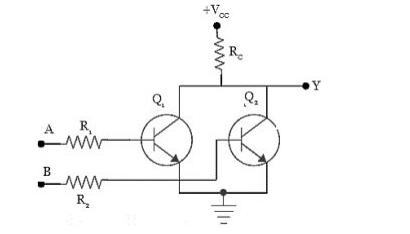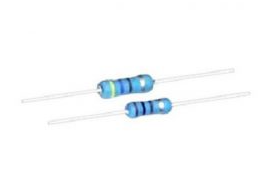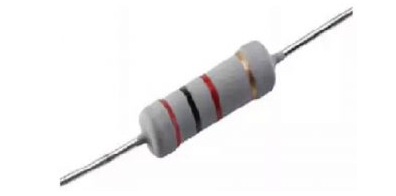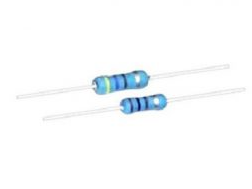High Current Low TCR Thick Film Resistor for International Market - Long-term Stability
In the global electronics market, high current low TCR thick film resistors have become increasingly important for various industrial applications. These resistors offer superior performance in terms of stability and reliability, making them ideal for demanding high current applications. This article explores the significance of high current low TCR thick film resistors, their technical specifications, applications, and how to select the right resistor for your needs.

Introduction to High Current Low TCR Thick Film Resistors
High current low TCR (Temperature Coefficient of Resistance) thick film resistors are specialized electronic components designed to maintain stable resistance values even when subjected to high current loads and varying temperatures. The temperature coefficient of resistance (TCR) is a critical parameter that indicates how the resistance of a resistor changes with temperature. A low TCR ensures minimal resistance variation, which is crucial for maintaining the accuracy and reliability of electronic circuits.
Technical Specifications
Understanding the technical specifications of high current low TCR thick film resistors is essential for selecting the appropriate component for your application. Below are some key specifications:
| Specification | Details |
|---|---|
| Resistance Range | 0.01Ω to 100kΩ |
| Power Rating | 0.125W to 5W |
| TCR | ±25ppm/°C to ±100ppm/°C |
| Operating Temperature | -55°C to +155°C |
| Current Rating | Up to 5A |
| Resistance Tolerance | ±1% to ±5% |
Applications in Various Industries
High current low TCR thick film resistors find applications across multiple industries due to their reliability and stability. Some common applications include:
Automotive electronics for engine control units and battery management systems
Industrial automation for motor control and power supply regulation
Telecommunications for network infrastructure equipment
Medical devices for precision monitoring equipment
Renewable energy systems for solar and wind power applications
How to Choose the Right Resistor
Selecting the appropriate high current low TCR thick film resistor involves considering several factors:
Resistance Value and Tolerance: Choose a resistor with a resistance value that matches your circuit requirements and a tolerance that ensures minimal variation.
Power Rating: Ensure the resistor can handle the maximum power dissipation in your application to prevent overheating.
TCR: Select a resistor with a TCR that meets the temperature stability needs of your application.
Current Rating: Verify that the resistor can withstand the maximum current in your circuit without degradation.
Operating Temperature Range: Confirm that the resistor can operate within the temperature range of your application environment.
Addressing Stability Challenges in High Current Applications
A common challenge in high current applications is maintaining resistor stability over time. Factors such as thermal stress, current surges, and environmental conditions can affect resistor performance. To address these challenges:
Use resistors with robust construction and high-quality materials to enhance durability
Implement proper heat dissipation techniques in your circuit design
Choose resistors with wide operating temperature ranges
Consider using resistors with additional protective coatings
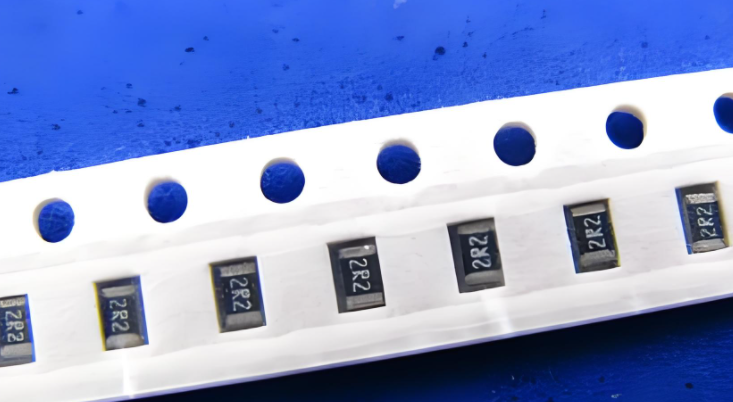
Future Trends and Market Outlook
The demand for high current low TCR thick film resistors is expected to grow as industries continue to develop more advanced and power-intensive electronic systems. Future trends may include:
Development of resistors with even lower TCR values for enhanced precision
Integration of smart features for real-time monitoring and adjustment
Increased focus on eco-friendly materials and manufacturing processes
Expansion of application areas in emerging technologies like electric vehicles and 5G networks
By staying informed about these trends and selecting high-quality high current low TCR thick film resistors, you can ensure the long-term stability and reliability of your electronic systems in the international market.

